Shared equity schemes have gained popularity among first-time homebuyers. But what are they, and how do they work?
Entering the property market can be challenging for young and novice buyers. Rising inflation and interest rates and a national median dwelling price of $896,000 present significant obstacles. One solution that helps buyers achieve homeownership more quickly is shared equity.
Well, in this article, we’ll discuss everything you need to know about shared equity schemes. So, let’s get started!
Table of Contents
Understanding Shared Equity Schemes: How Do They Work?
A shared equity scheme involves a party, such as the government or a non-profit organisation, purchasing a portion of your home while you retain ownership of the rest.
In this arrangement, the government makes a 'share' investment in your home as a down payment, which helps reduce your upfront costs, making homeownership more accessible. To cover the remaining costs, buyers typically take out a mortgage.
When you eventually sell your home, the government will recoup its share, which may include a portion of any profits gained. Many first home buyers assistance schemes offer the option to repurchase the equity over time. For example, if the government owns 30% of your home, you can gradually buy back this share at the current market value.
The Perks of Shared Equity
Shared equity is like a financial bridge that helps you reach the other side of your property ownership dreams, even if you don't have the full budget.
It's like a friendly hand-up for those aiming to enter the real estate market, making the initial costs much more manageable.
Let's imagine this: You decide to go for a shared equity deal on a $600,000 property. Your equity partner chips in $120,000, covering 30% of the down payment.
With shared equity, your monthly mortgage payments (based on a 30-year, $480,000 loan at 5.6%) would be around $2,756. Without shared equity, you'd be looking at $3,444 per month – that's approximately $172 extra every week.
Shared equity boosts your purchasing power, potentially opening doors to more desirable (and often pricier) locations.
The Downsides of Shared Equity
Shared equity brings some benefits, but it's important to understand the downsides too.
One significant drawback is that you'll be sharing your home with another party. When you sell your home, you may need to pay a share to someone else, which can include any profits.
Also, if you're entering a shared equity arrangement through a government program, you must meet certain criteria like income limits.
Help to Buy Scheme
The proposed Help to Buy scheme, announced as part of the 2022 federal election campaign, aims to assist eligible home buyers in purchasing a property through a shared equity arrangement with the government. Under this scheme, the government will co-purchase 30 to 40% of a home, allowing buyers to secure a property with a minimal deposit requirement, potentially as low as 2%.
While this initiative has garnered attention, it has not yet been formally introduced.
To qualify for the Help to Buy scheme, participants must meet certain income criteria, with individual earners capped at $90,000 and couples at $120,000. Importantly, participants must not be first-time buyers but must not currently own a home.
Help to Buy shares similarities with existing state equity schemes, such as Victoria's Homebuyer Fund, designed to facilitate homeownership for a broader range of Australians.
Shared Equity Home Buyer Helper in New South Wales
The Shared Equity Home Buyer Helper program in New South Wales offers a unique opportunity for eligible individuals to partner with the government in purchasing a home. Under this program, the New South Wales government invests a portion of the property's value, effectively becoming a co-owner.
Qualifying participants include single parents, individuals aged 50 and above, and certain public servants like nurses and educators. To get started, a minimum deposit of just 2% is required.
There are no rent or interest charges for the government's ownership share of the property, but they will share in the profits from the sale. Also, participants can make voluntary payments over time, allowing them to repurchase their share of the property gradually.
Victoria's Home Buyers Fund (VHF) Shared Equity Program
Under this program, the state government offers a generous contribution of up to 25% of a property's value, but there's a requirement: buyers must demonstrate a 5% deposit from genuine savings.
To be eligible for the VHF Shared Equity Program, individuals should have an annual income of less than $130,000, while couples must have a combined income of less than $208,000.
One of the significant benefits of this program is that there is no interest payable on the government's share of the property.
Queensland’s Pathways Shared Equity Loan
Under this program, tenants are encouraged to purchase a share in the property they are currently renting. To be eligible, tenants must buy at least 60% of the property they are renting.
Various factors, including your current and expected future income, the cost of living, the size of your deposit, prevailing interest rates, and the current market value of the rental property, determine the size of the share you can purchase.
South Australia's HomeStart Finance Shared Equity Option
In South Australia, aspiring homebuyers can use the HomeStart Finance Shared Equity Option. This scheme enables homebuyers to borrow up to 25% of the property's value as a loan that is both interest-free and repayment-free. Importantly, this loan is taken out in addition to the primary HomeStart loan.
To pay off the Shared Equity Option, homebuyers can make voluntary repayments of $10,000 or more to meet the minimum requirements for their primary loan. HomeStart Finance is the housing financing arm of the South Australian Government, committed to making homeownership more accessible to South Australians.
Western Australia’s Shared Home Ownership
In Western Australia, the Shared Home Ownership initiative aims to make homeownership more affordable for state residents.
Here's how it works: Western Australia’s Housing Authority can provide funding for up to 30% of the property's purchase price. In this arrangement, the Housing Authority becomes a co-owner, holding a share of the property while acting as a silent equity partner.
Houst: Your Partner in Property Management
If you've got a property, whether a cosy apartment or a spacious family home, you might be thinking about making the most of it. That's where Houst steps in. They're like the friendly neighbourhood pros of property rental management.
They handle the nitty-gritty Airbnb hosting details, from managing bookings to arranging Airbnb cleaning services.
So, whether you're looking to dip your toes into the world of short-term rentals or you're a seasoned host, Houst can help you navigate the property management waters with ease!
🚀 Start & Scale Your Airbnb Business with Houst
Launch a profitable Airbnb business — without owning property.
Join Houst’s Airbnb Business Partnership Program to start, manage, and grow your short-term rental business. With expert marketing, automation tools, and dynamic pricing strategies, we help you maximize earnings and scale faster.

⭐ Rated 4.8/5 by 2,500+ Hosts
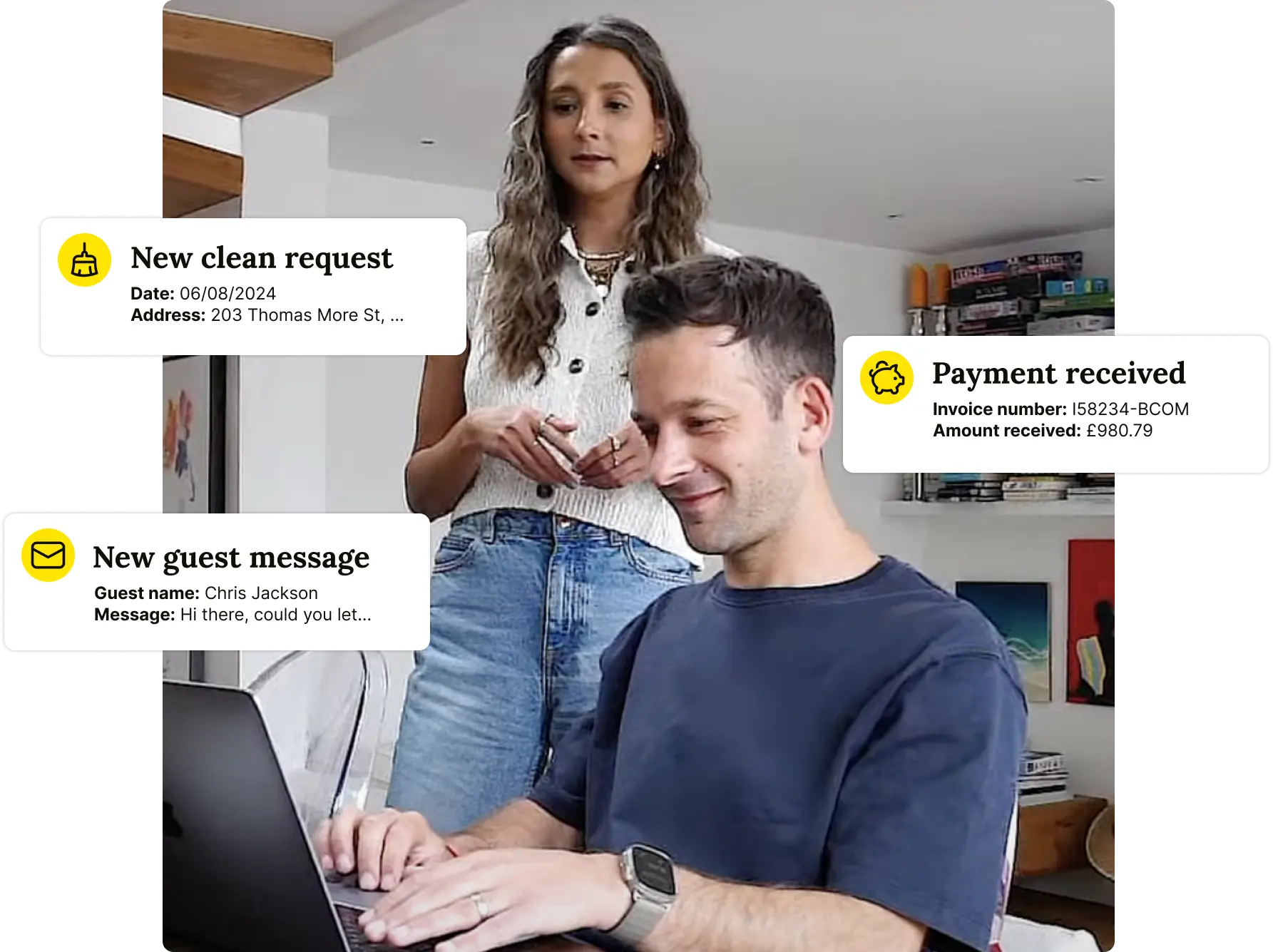
.webp)
🚀 Build a Thriving Airbnb Business with Houst
Monetize short-term rentals without owning property. Our Airbnb Business Partnership Program helps you start, scale, and automate a profitable Airbnb business with smart pricing, automation, and expert support.
💡 No Property Needed
📈 Expert Growth Strategies
🤖 Automated Hosting Tools

⭐ Rated 4.8/5 by 2,500+ Hosts
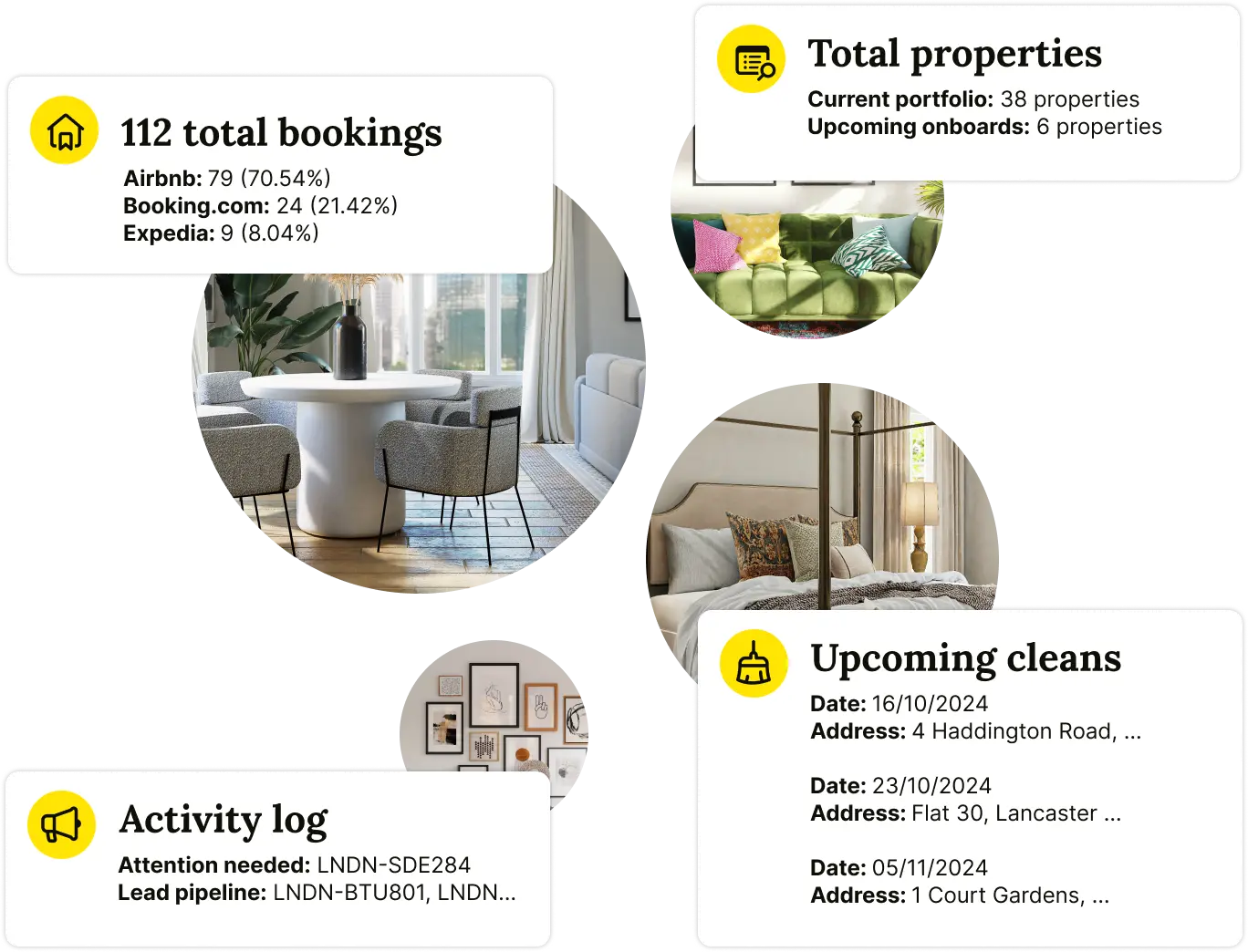
🧼 Airbnb Cleaning & Turnovers, Done Right

⭐ Rated 4.8/5 by 2,500+ Hosts
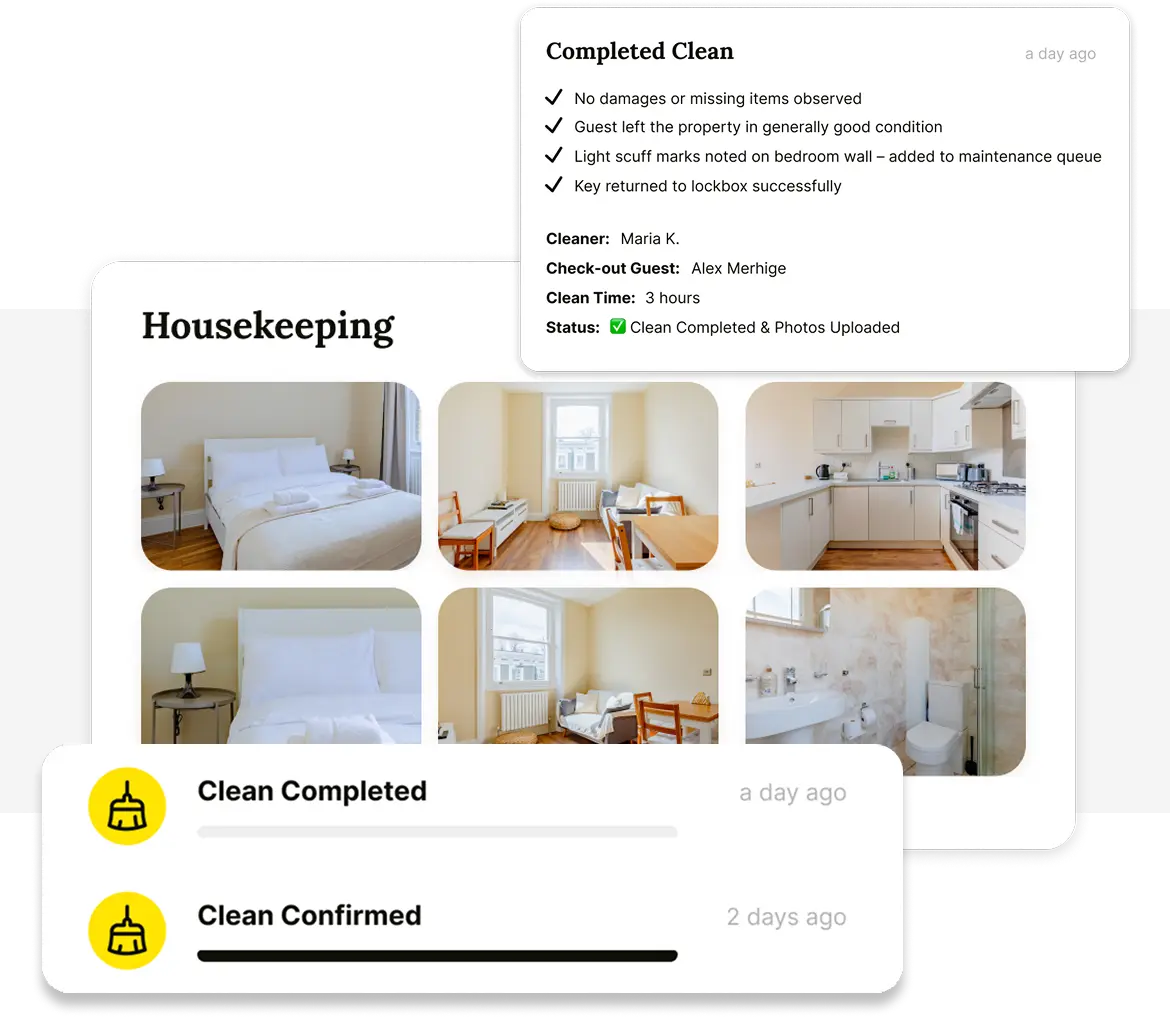
🚀 Build & Grow Your Airbnb Business with Houst
Turn your expertise into a profitable Airbnb business — without owning property.
Join Houst’s Airbnb Business Partnership Program to start, manage, and scale with ease. Get expert support, automation tools, and smart pricing strategies to maximize earnings and grow faster.

⭐ Rated 4.8/5 by 2,500+ Hosts
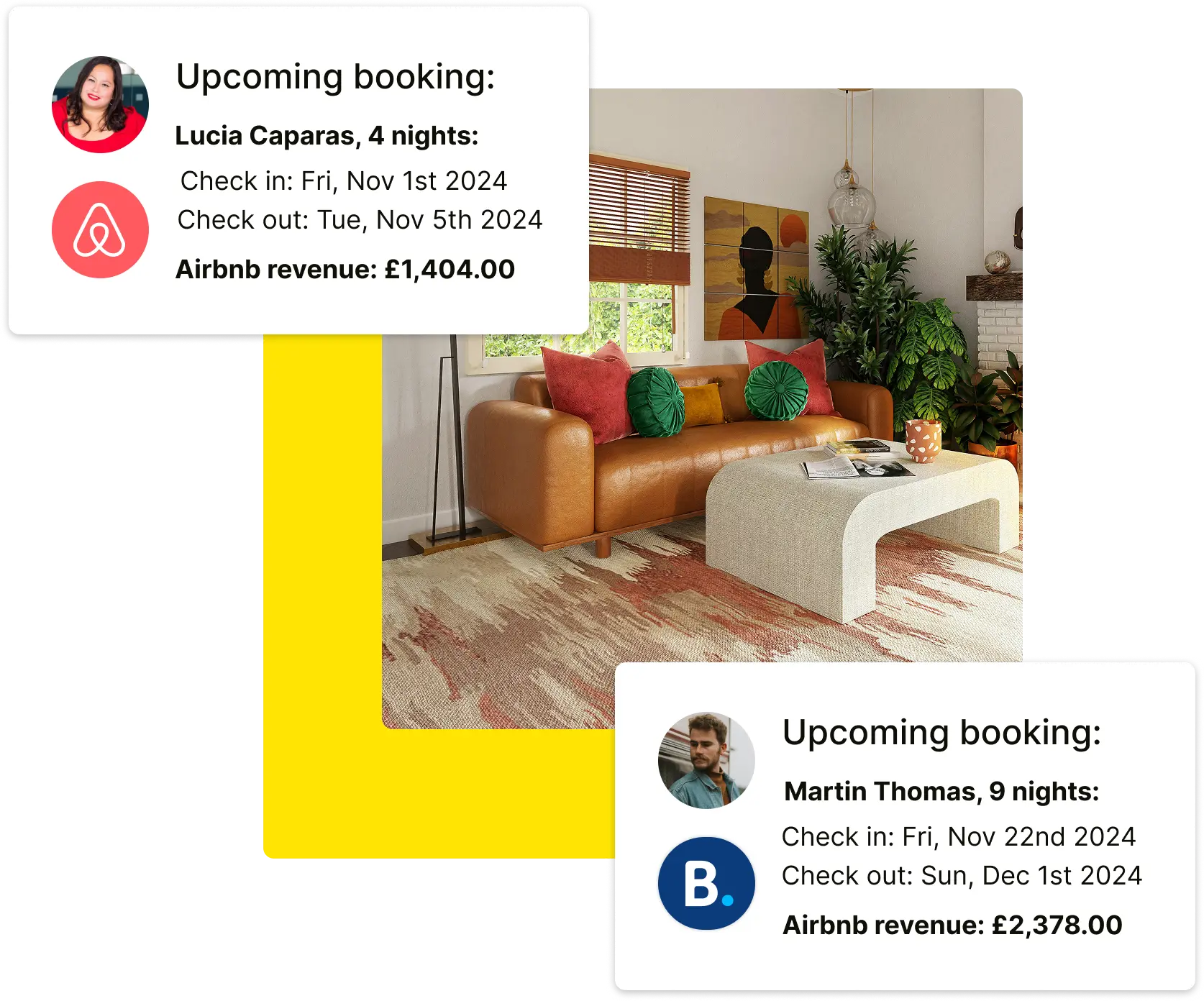

⭐ Rated 4.8/5 by 2,500+ Hosts
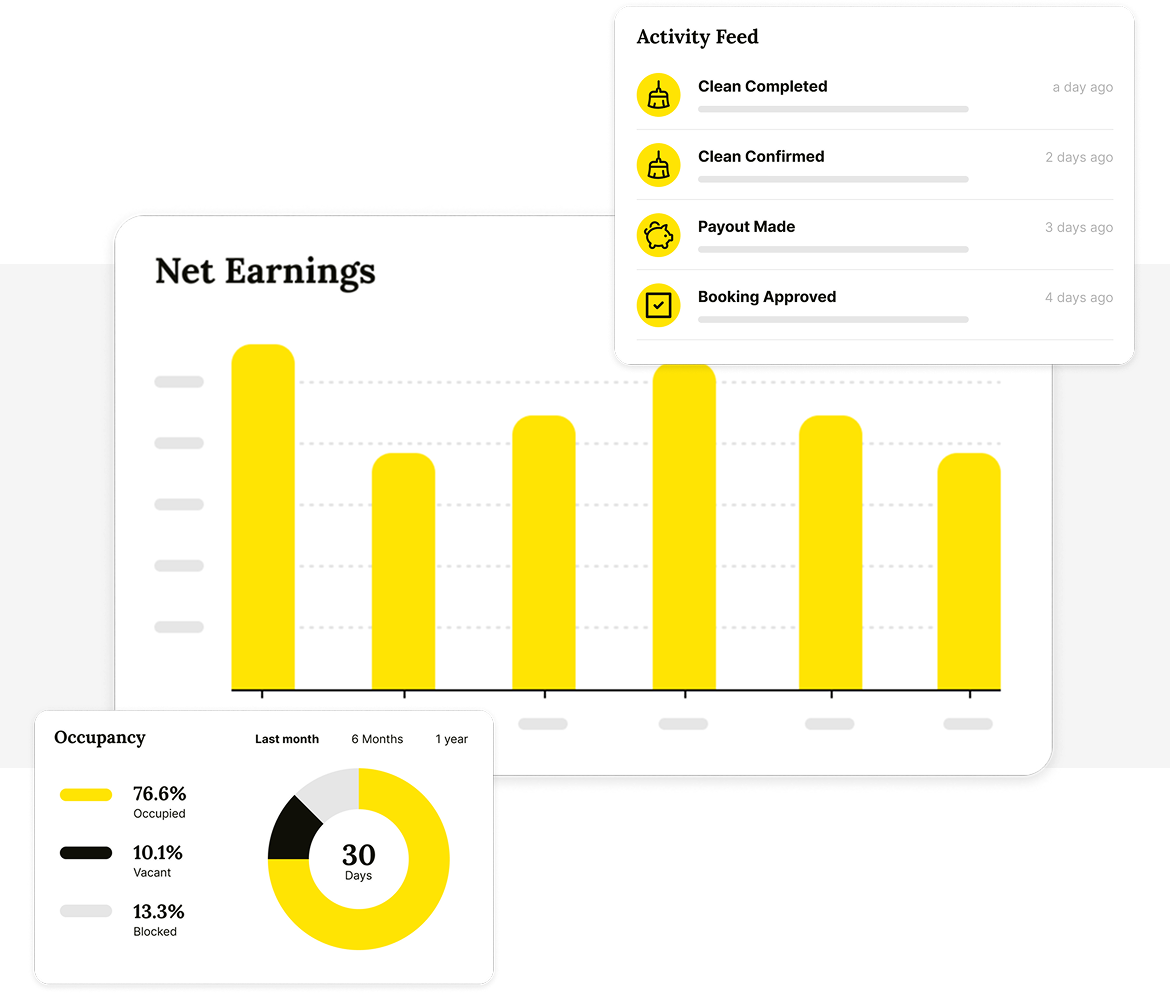


.webp)
.png)

.webp)
